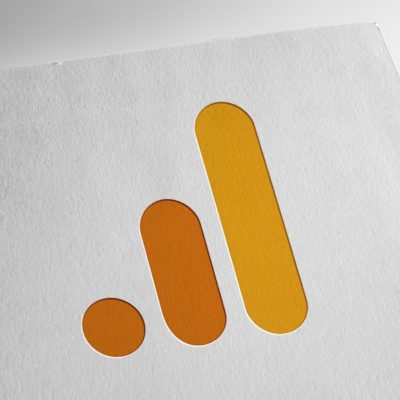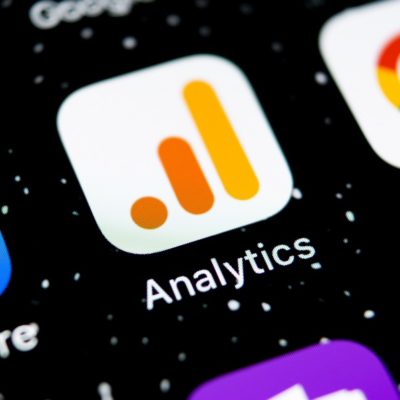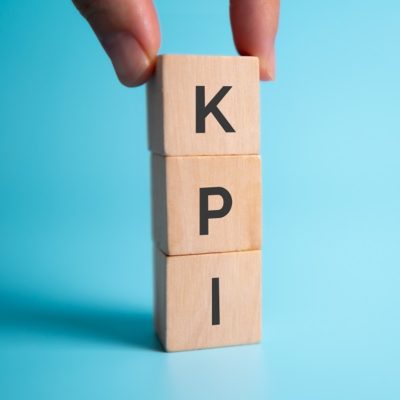Bounce rate is not a direct ranking factor in Google’s search algorithm.
Time and time again Google has adamantly denied that they use bounce rate in their ranking algorithms. But let’s back up a little.
What is Bounce Rate?
Bounce rate is the percentage of single-engagement visits to your site. It is a Google Analytic(GA) generated metric that only is available if you have GA installed on your site. Because of this, and other reasons, Google cannot use it as a direct ranking factor. While this may be unfortunate for some sites that have a great(low) bounce rate percentage, it makes sense when you look at what bounce rate means for your site as a whole.
Say, for example, you see a page on your site that has a very high bounce rate. You have to consider what intent that page is servicing.
(Anything above ~70% is considered high bounce rate depending on search intent.)
What Does a High Bounce Rate Mean?
High bounce rates are often symptoms of deeper problems like user experience issues or poor targeting. Deeper problems like usability and customer targeting, SEO problems tend to improve as well.
Having a high bounce rate on a ‘contact us’ page can actually be a good thing. That’s a call-to-action page, where the goal of that particular page is to have the user find the contact information, and then leave to contact the business.
If you think that your bounce rate is abnormally high the here are just a few technical SEO problems you might want to check for:
-
- Slow loading speed/Poor mobile optimization
- Low-quality UX and UI
- Mismatch between content and audience
- Analytic errors
Again, take into consideration the intent of the page that you are looking at. Does a high bounce rate really mean that you’re losing out on revenue in each and every case?
Dwell Time + Bounce Rate = Engagement
When looking at the bigger picture of what bounce rate actually means there is another stat that can also be included, dwell time. Dwell time, in this instance, is the time in which a user spends viewing a page of your site and then clicks an internal link to another page on your site.
Bounce rates combined with dwell times are great indicators of how engaging your website is. While you cannot analyze EXACT search intent with these two metrics, you can generate a good estimate of how much of your organic traffic is interested users.
My Webpage Got Traffic But I’m Not Seeing Dwell Time Duration
When a user comes to your site and immediately bounces back you will see that you got a pageview but these single-page sessions have a session duration of 0 seconds since there are no subsequent hits after the first one that would let Analytics calculate the length of the session. Because of this you will see that pages that have 100% bounce rate typically have an average dwell time of 0:00:00.
So looking back at bounce rate, we understand that it is not a ranking factor for Google’s algorithm but it can be a valuable KPI, if used correctly. As one of the leading providers of white label SEO services globally, we’re dedicated to helping agencies enhance their SEO strategies and deliver quality results to their clients. Get connected with one of our digital marketing experts today to learn more about our white label SEO platform!
If you’re not ready to take that leap, run a quick audit using our free website SEO analysis tool and check out the recommendations on how to start improving your SEO now!










